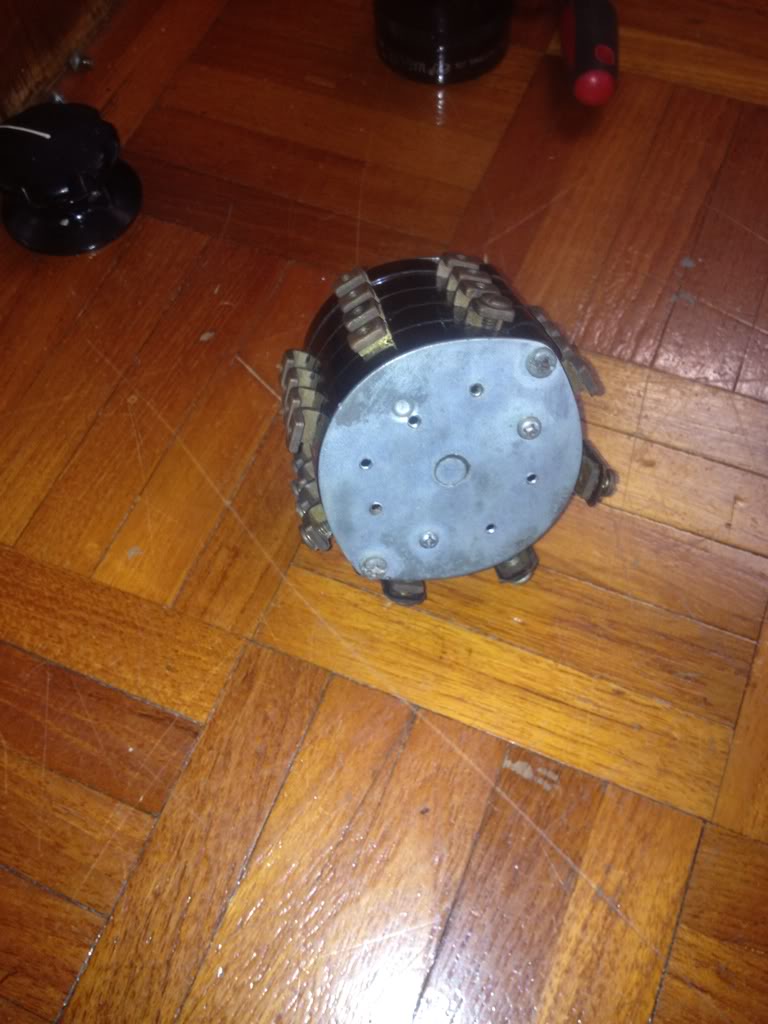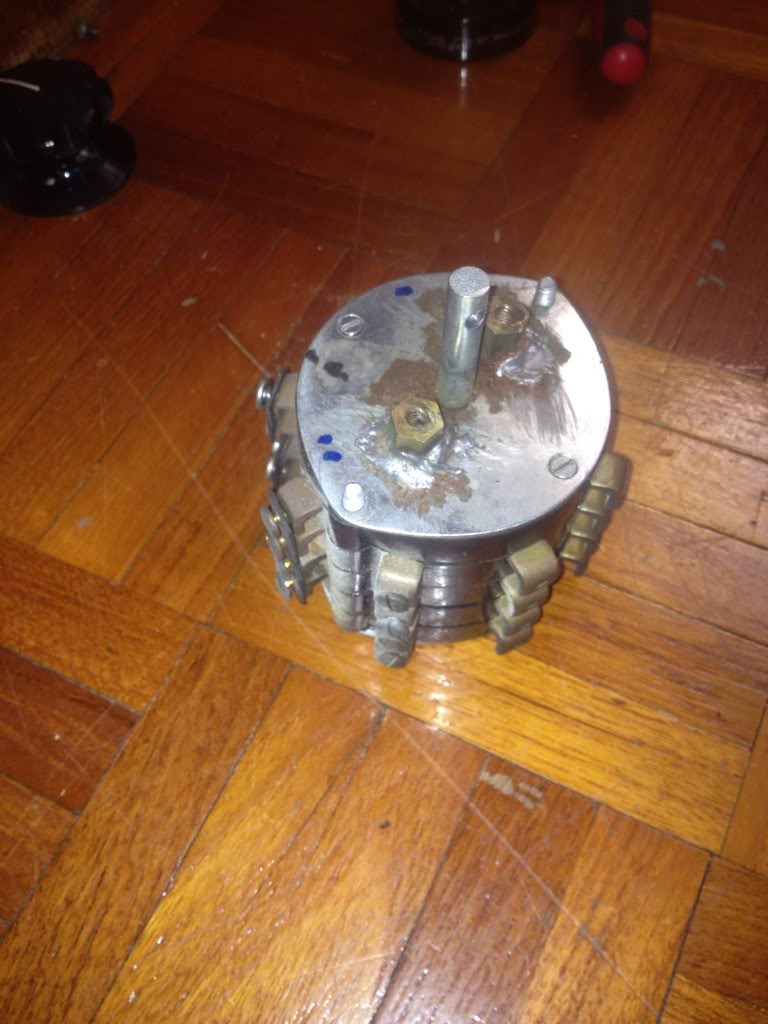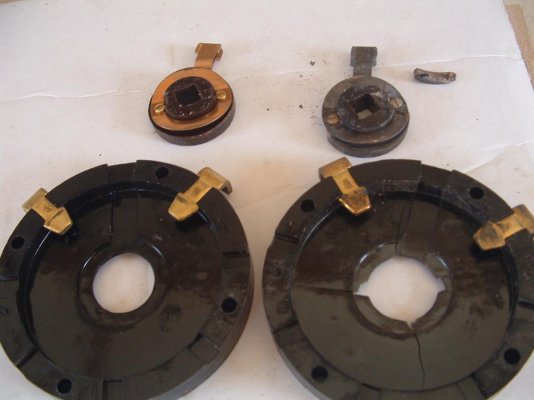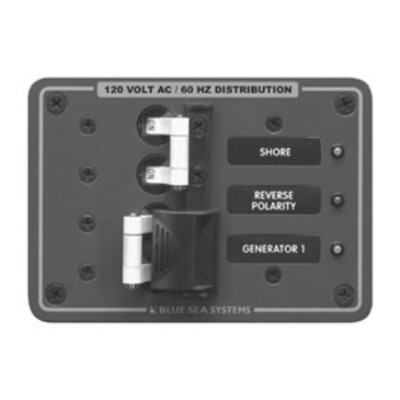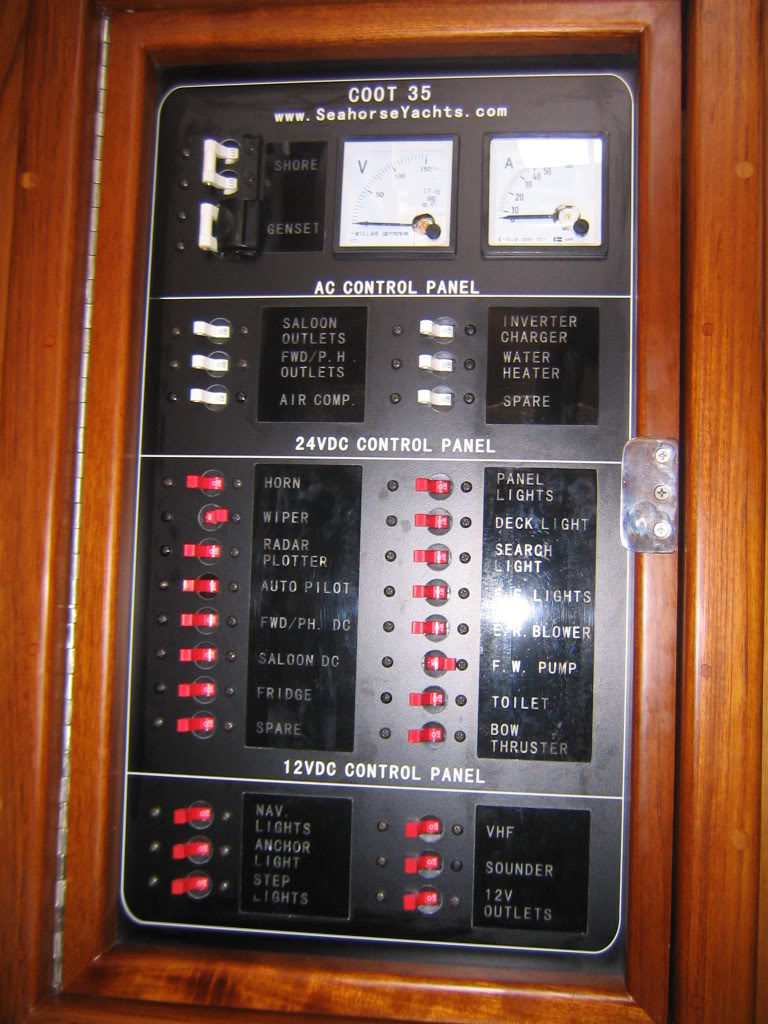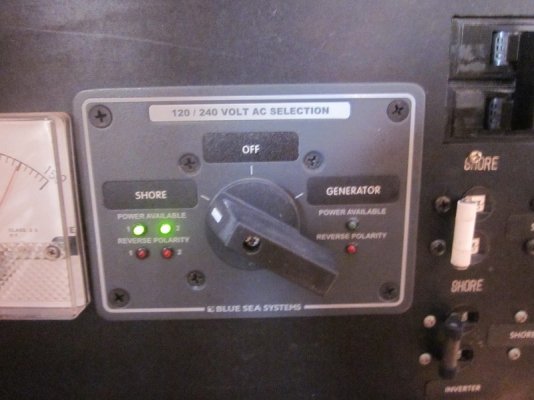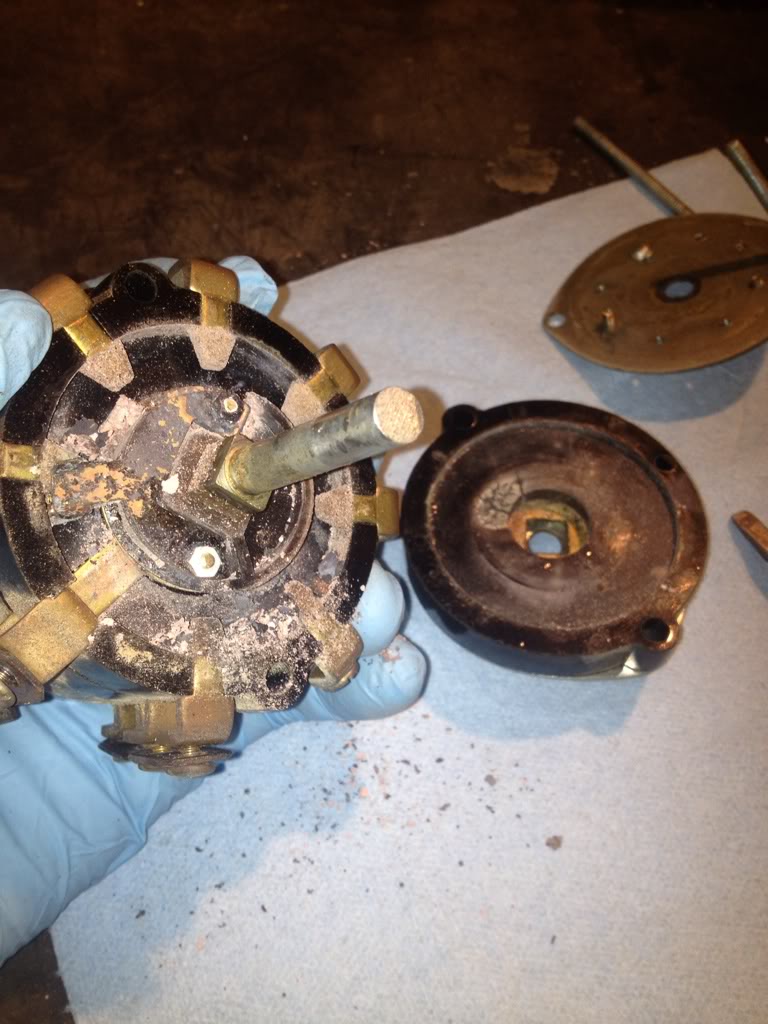1- I have a CS Generator/Shorepower switch someone in the past mounted beside the steering wheel that has to be flipped to Gen for the front AC to run. My guess is that the boat, originally sold in the north east, only came with the rear AC unit and the associated wiring to this switch was added when the second AC was installed. I need to determine today what it does exactly.
It sounds like it is used as an on/off switch. Just a guess. Is there a breaker on the main panel for the forward AC unit? Or is there a breaker after the switch? Where does the AC come from that feeds that switch?
Since you have 2-30 amp circuits coming into the boat you can use one circuit for the 2 AC units and their pumps and the other circuit for everything else. It is simple, common and safe to wire AC units that way that were not factory installed.
2-I have double 30 amp shore power receptacles (1 pole each I would think), a generator (another pole) and eventually a possible charger/ inverter. Would this require a 4 pole switch?
You need a 4 pole switch but not for the future charger/inverter. The AC that feeds inverters/chargers comes after the switch. Look at the schematic in post 21 again. I'm pretty sure that's how your old switch was wired. If you're still have questions get a hold of a marine electrician for if nothing else have him take a look at your boats AC wiring. It may be fine and all you need is to replace the switch.
